Pentax Optio I-10 Review
Pentax Optio I-10
With its retro styling the Optio I-10 is certainly distinctive, but is it any good?
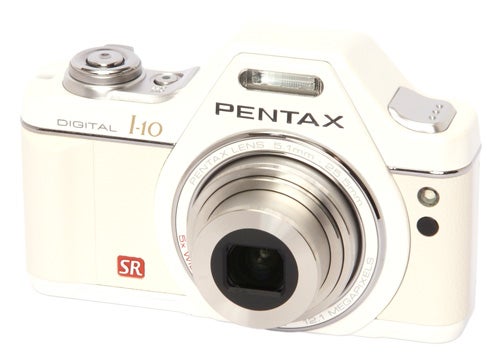
Verdict
Key Specifications
- Review Price: £129.80
Since the company was taken over by the Hoya Corporation in 2008, the future of Pentax’s digital camera range has been a subject of some debate. It was generally thought that Hoya was primarily interested in Pentax for its advanced medical technology, and that the camera business would be sold off, possibly to Samsung, but in fact Hoya has continued to develop and market new Pentax cameras, including some very competitive digital SLRs, the X90 superzoom which I reviewed yesterday, and a small but interesting range of digital compacts. One of the most recent, and arguably the most interesting, is this Optio I-10.
Launched in February this year, the Optio I-10 is most notable for its distinctive retro styling, or “neo-vintage” as Pentax calls it. It has an SLR-style viewfinder turret on the top, which houses the flash on the front and the speaker on the back, but does not in fact contain a viewfinder. The body has a small raised handgrip on the right hand end, with a leatherette-style textured surface that covers the grip and extends across the middle section of the front panel. The I-10 is available in black or the cream-and-white finish shown here. The overall shape and size of the I-10 is somewhat reminiscent of the Pentax Auto 110 miniature SLR camera from 1978.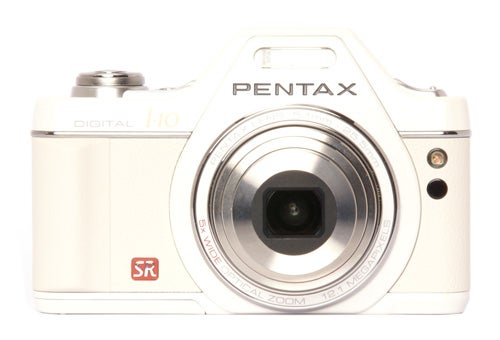
The general build quality is reasonable, but there are a few creaks when the body is squeezed, and the fit of some of the panels could be better. Thanks to its plastic shell the I-10 is surprisingly light, weighing 153g including battery and card, despite being somewhat thicker (28mm) than most comparable ultra-compacts, and as a result it feels rather insubstantial. The battery hatch is quite flimsy and the tripod bush is made of plastic. The I-10 is currently selling for around £130, which almost puts it into the budget compact category, and makes it one of the cheapest cameras on the market to feature mechanical image stabilisation.
The unusual styling of the I-10 is purely cosmetic, and does little to improve either the handling or function of the camera, although there might be a small advantage in having the flash a little further away from the lens, slightly reducing the instance of red-eye in close-range portraits. The camera is reasonably comfortable to handle and the shape and texture does provide a secure grip. Most of the controls are sensibly arranged and operate smoothly, however the zoom control is a bit odd. It’s a rotary bezel around the shutter button, which isn’t that unusual, but the lever to operate it faces backwards and the rotation direction is the opposite of the way such bezels usually operate.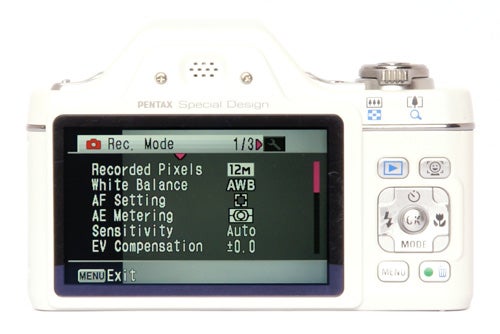
In terms of photographic features the I-10 is virtually identical to the other three 12-megapixel compacts in Pentax’s range, and indeed to most of Pentax’s compact cameras over the past four or five years, although of course the I-10 does include sensor-shift image stabilisation. It is designed as a simple point-and-click compact, and as such offers little in the way of creative control. Exposure options include the usual Program Auto, 16 scene mode settings including ones for pets, kids, food, parties and many other common options. It also has Auto Pict, which has nothing to do with ancient Celtic tribesmen but is in fact an auto scene selection mode. Picture adjustments include sharpness, saturation and contrast, but only three steps of adjustment in each. It has a D-Range feature to boost shadow and highlight detail in high contrast situations, but it’s not terribly effective.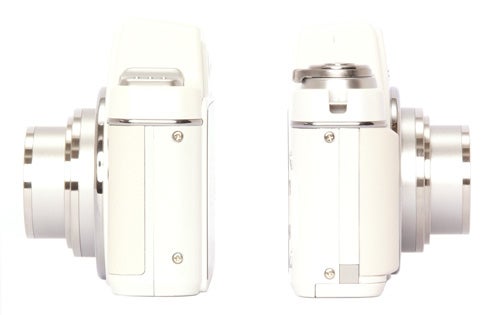
The menu system is the same one that Pentax has been using since at least 2003, and looks rather dated compared to the slick new interfaces seen on some rival models. Some of the scene mode icons have been updated and look a bit fresher, but the menu and on-screen displays the same plain blocky and poorly aliased text as always. It detracts from the feel and appearance of the camera, and makes it look even cheaper than it really is.
The video recording mode is adequate, but it’s no better than average by recent standards. It can shoot in 1280 x 720 resolution at 30 fps, with mono audio. Optical zoom cannot be used while recording, and only electronic image stabilisation is used. The video picture quality isn’t brilliant, and the internal microphone is very prone to wind noise.
The I-10’s overall performance is actually pretty good for such a cheap camera. It can start up and take a picture in just under three seconds, and shuts down again in under two seconds. In single-shot mode its shot-to-shot time is approximately three seconds, which isn’t bad for the price, but it pauses every four shots to empty the image buffer. The continuous mode is a bit odd; it shoots pairs of shots about one and a half seconds apart, but then pauses for about four seconds before shooting another pair, which averages out at about three and a half seconds per shot, slower than shooting in single shot mode.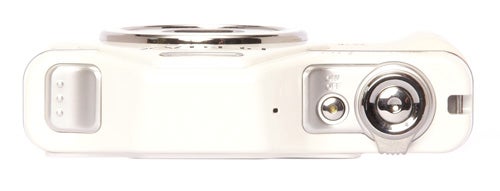
The autofocus system is surprisingly good, focusing quickly and accurately in most lighting conditions even at full zoom. Face detection is very good, detecting even near profile views, but the tracking AF isn’t particularly good. I tried tracking on passing boats at the beach and it wouldn’t follow any of them, although it was plenty fast enough to get sharp pictures anyway.
The image stabilisation system is also better than one might expect from a cheap camera, providing around three stops of extra stability.
Unfortunately what was looking like a cool and stylish budget camera is utterly ruined by its awful image quality. I’ve always liked Pentax cameras, and indeed own a few myself, but I wouldn’t buy this one under any circumstances. The main problem seems to be the lens, which is worrying since this same lens appears on several other Pentax models. Images are soft and blurry, especially at the edges of the frame, contrast and detail are severely lacking, and even in the high-saturation Flowers scene mode colours are pale and lack saturation.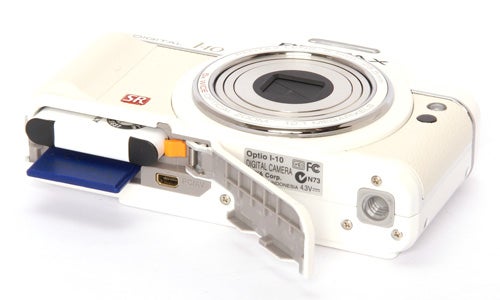
An even worse problem is image noise, or rather the massively heavy-handed noise reduction system. Its effects are visible even at 100 ISO, and it starts blurring out finer detail at 200 ISO. At 400 ISO picture look like they were shot through a frosted glass window, and it just gets worse from there. Shots at 1600 ISO are effectively unusable, and the 3200 and 6400 ISO settings, available at 5MP resolution only, are completely pointless. This is very disappointing; I like the I-10’s bold styling, and it is a nice camera to use, but with such poor image quality it’s impossible to recommend it.
”’Verdict”’
The Pentax Optio I-10 is a disappointing camera from a company that really needs a successful compact or two right now. Build quality is average at best, and the quirky retro styling doesn’t disguise the lack of features. Handling is fairly good, low light focusing is excellent and performance isn’t bad either, but it is ruined by very inferior image quality, especially the terrible noise reduction system.
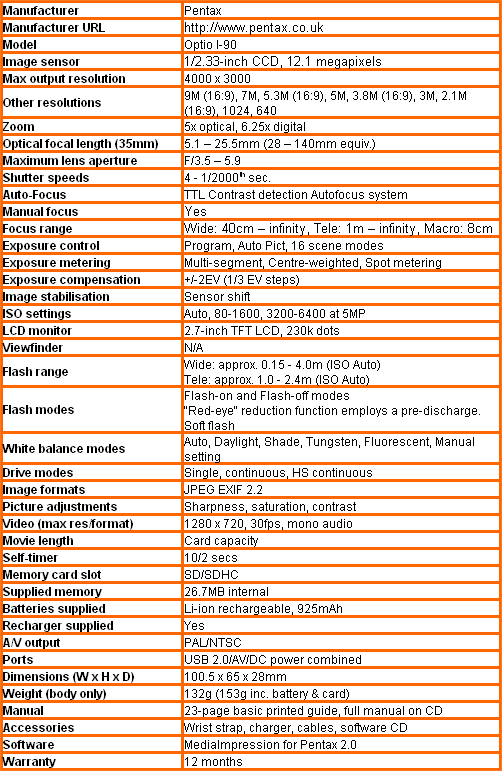
”Over the next few pages we show a range of test shots. On this page the full size image at the minimum and maximum ISO settings have been reduced to let you see the full image, and a series of full resolution crops have taken from original images at a range of ISO settings to show the overall image quality. These pictures were taken indoors using shaded natural light. ”
—-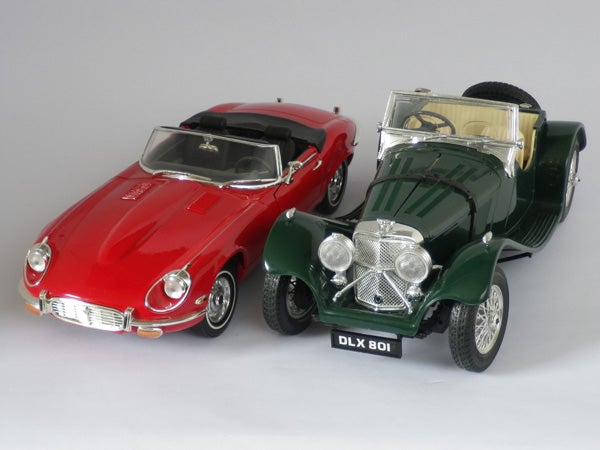
This is the full frame at 80 ISO.
—-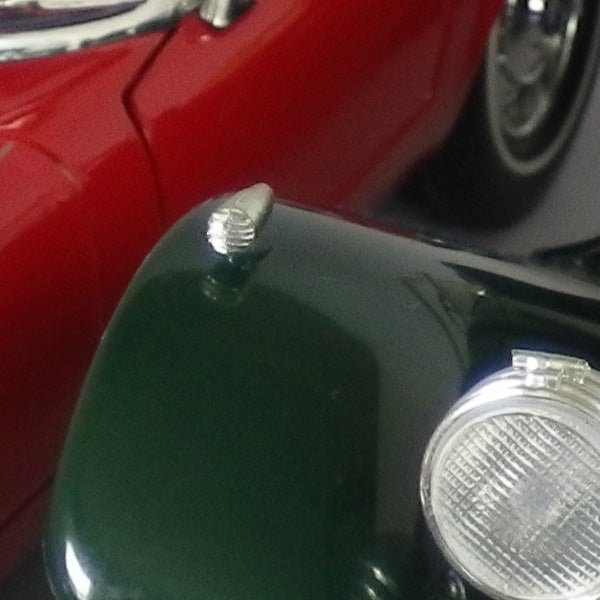
At 80 ISO the image quality is pretty good.
—-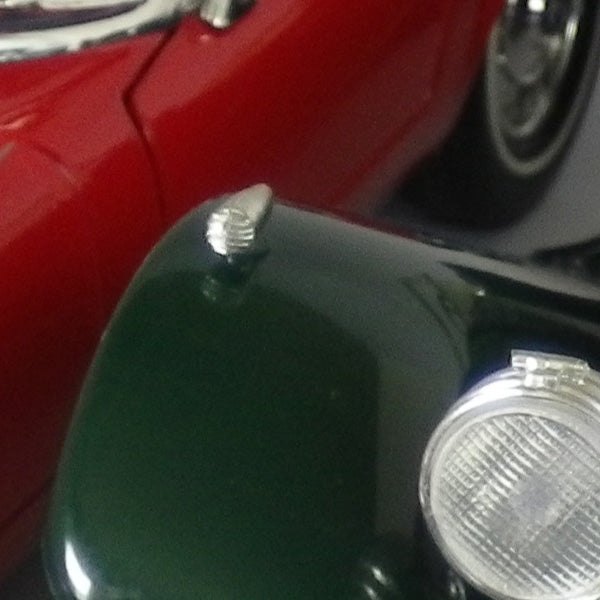
Even at 100 ISO the noise reduction has started reducing detail.
—-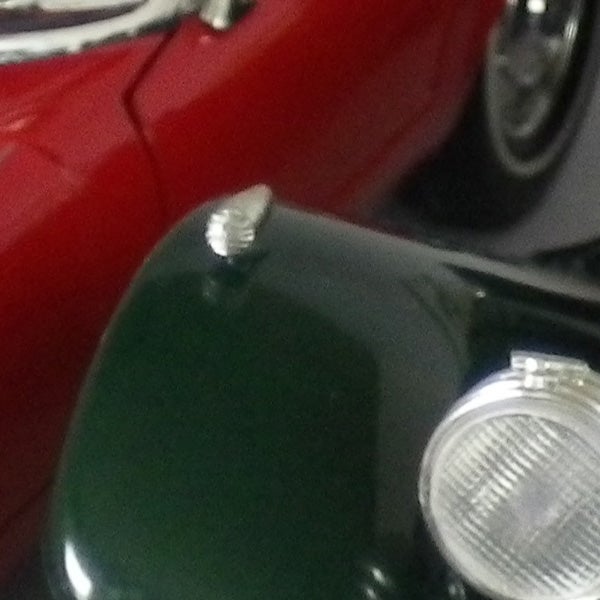
Even less detail at 200 ISO.
—-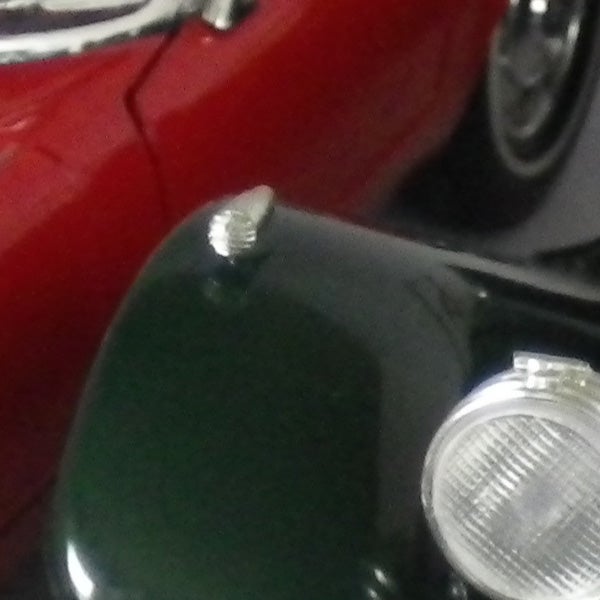
Very poor quality at 400 ISO.
—-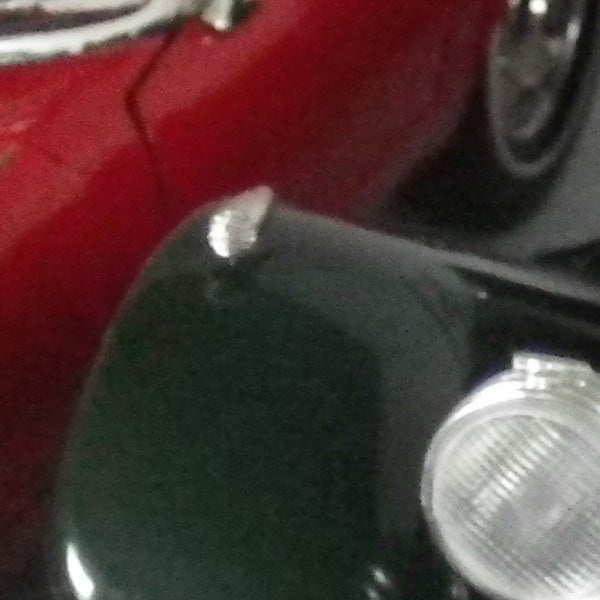
What the hell is going on here; 800 ISO.
—-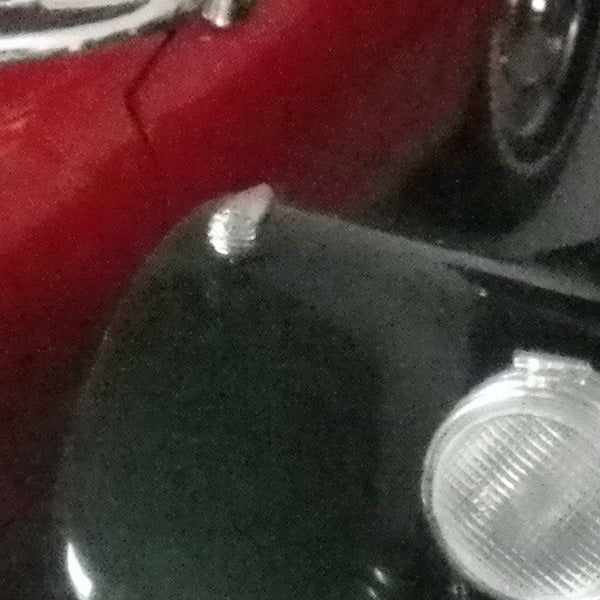
Effectively unusable at 1600 ISO.
—-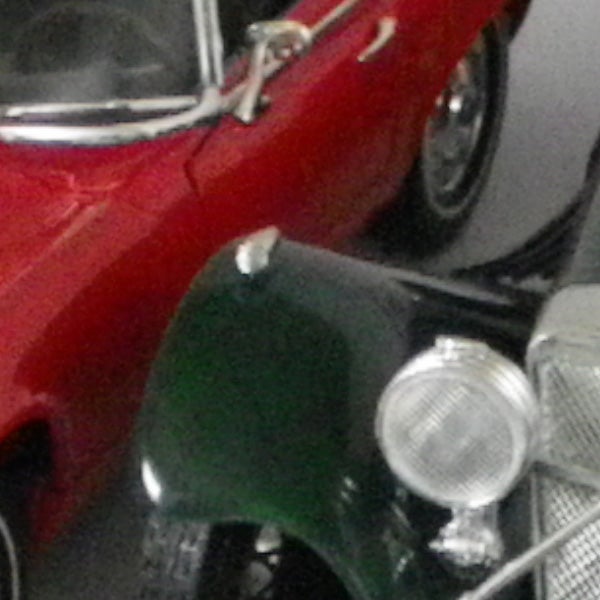
Terrible quality at 3200 ISO and 5MP.
—-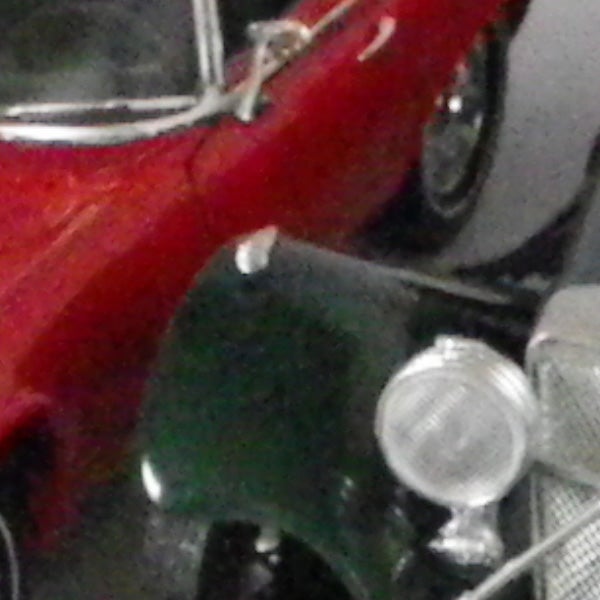
Why even bother including 6400 ISO when it looks this bad?
—-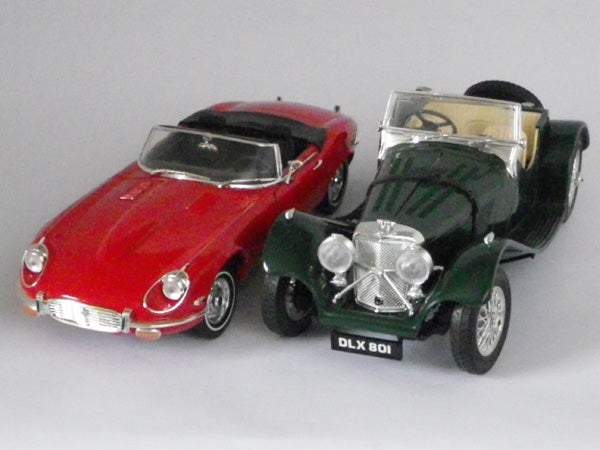
The full frame at 6400 ISO. Enjoy.
—-
”A range of general test shots are shown over the next two pages. In some cases, the full size image has been reduced for bandwidth purposes, and a crop taken from the original full resolution image has been placed below it to show the overall image quality. Some other pictures may be clicked to view the original full-size image. ”
—-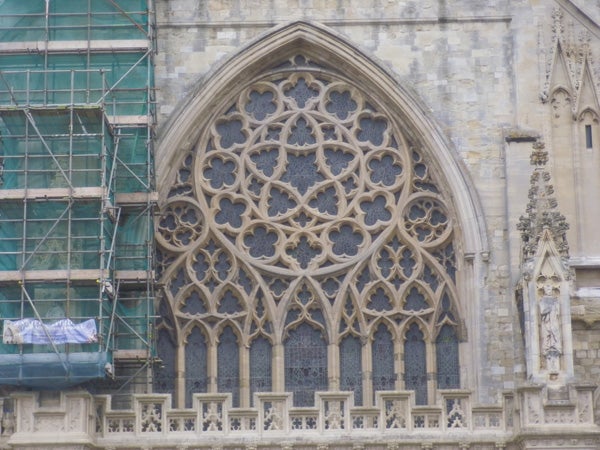
Here’s the usual detail test shot of the West Window of Exeter Cathedral, for you to compare with other cameras. See below for a full res crop, or click to see the whole picture. File size 2MB.
—-
I even checked to make sure the lens was clean, but this is what the I-10 shoots instead of fine detail.
—-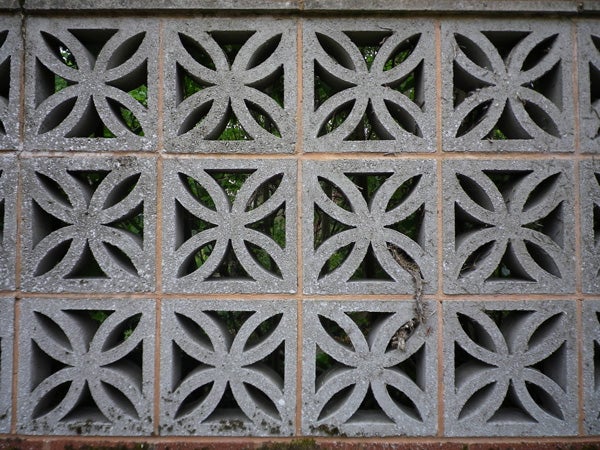
Distortion is corrected electronically.
—-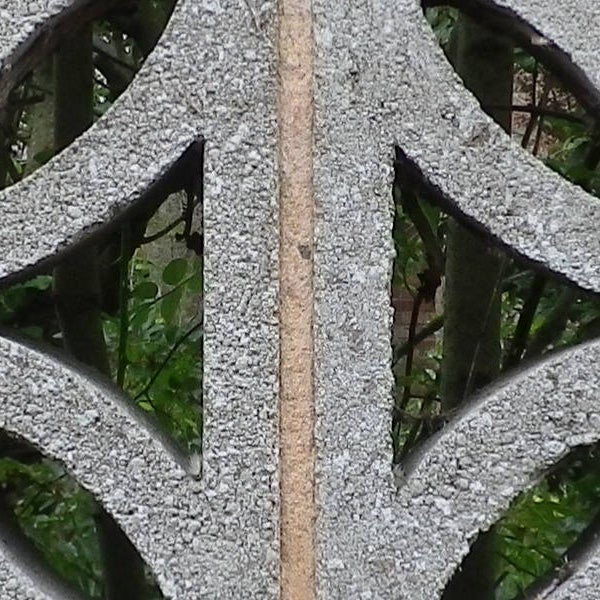
Centre sharpness isn’t too bad at wide angle…
—-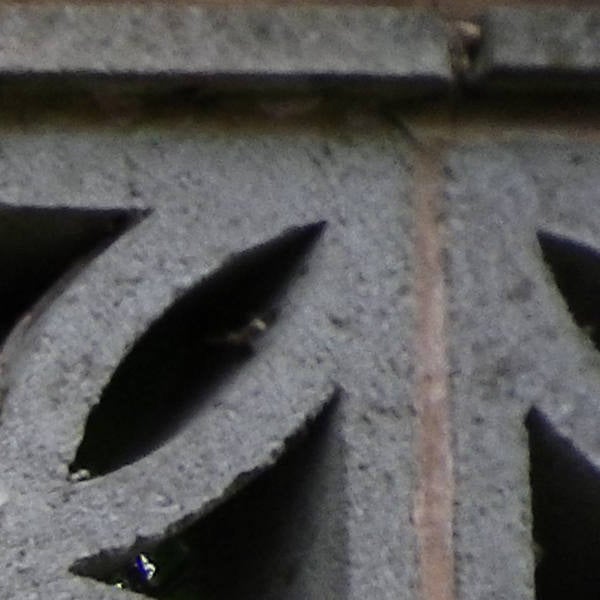
…but corner blurring is pretty terrible.
—-
”Here are some general test shots to help evaluate the camera’s overall image quality, including dynamic range, colour rendition and the zoom range of the lens. Some pictures may be clicked to download the full size original image. ”
—-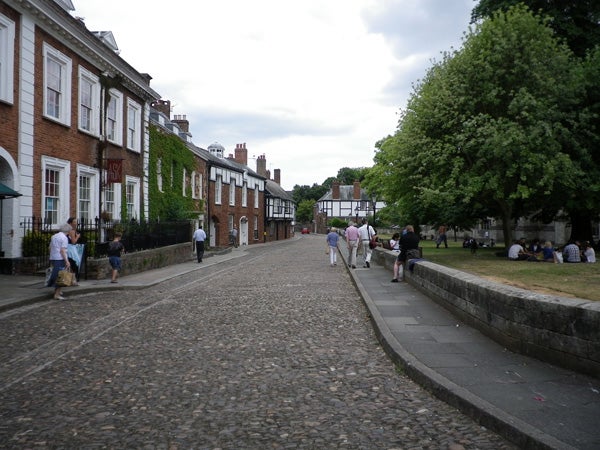
The wide angle is equivalent to 28mm.
—-
The telephoto end is equivalent to 140mm.
—-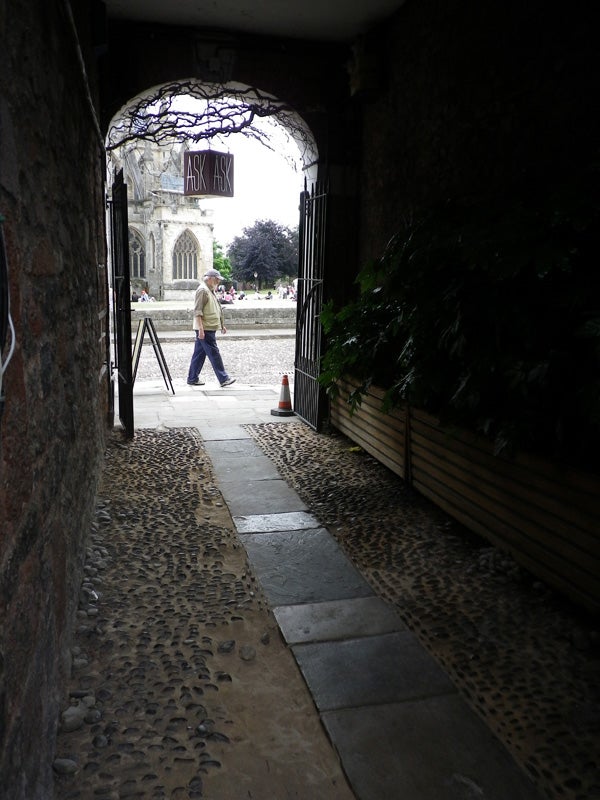
Dynamic range is pretty terrible in standard mode.
—-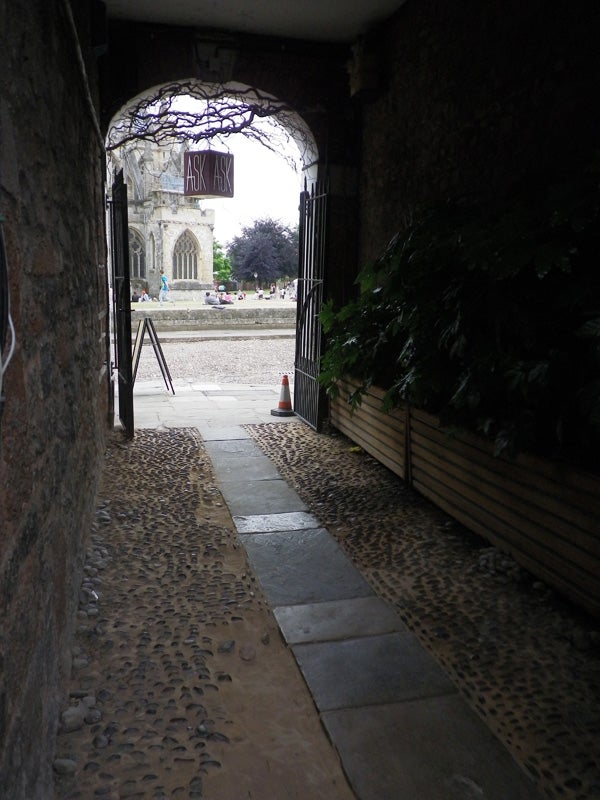
Even with D-Range on it’s not much better.
—-
Colours look weak even in the “Flowers” scene mode.
—-
What have they ever done for us?
—-
Trusted Score
Score in detail
-
Value 7
-
Image Quality 5
-
Build Quality 7
Features
| Camera type | Digital Compact, Digital SLR |
| Megapixels (Megapixel) | 12.1 Megapixel |
| Optical Zoom (Times) | 5x |
| Image Sensor | 1/2.33-inch CCD |
| Optical focal length | 5.1 to 25.5mm |
| Shutter speed | 4-1/2000th |
| Auto focus | TTL Contrast detection AF |
| Manual focus | Yes |
| Max output resolution | 4000x3000 |
| Other resolutions | 9M (16:9), 7M, 5.3M (16:9), 5M, 3.8M (16:9), 3M, 2.1M (16:9), 1024, 640 |
| Focus range | Wide: 40cm to infinity, Tele: 1m to infinity, Macro 8cm |
| Exposure control | Program, Auto Pict, 16 scene modes |
| Exposure metering | Multi-segment, Centre-weighted, Spot |
| Exposure compensation | +/-2EV (1/3 steps) |
| Image Stabilisation | Sensor shift |
| ISO settings | Auto, 80-1600, 3200-6400 at 5MP |
| LCD Monitor | 2.7-inch TFT LCD, 230k dots |
| Viewfinder | N/A |
| Flash range | Wide: 0.15 to 4m Tele: 1 to 2.4m (AUTO ISO) |
| Flash modes | Flash-on, flash-off, Red-eye reduction |
| White balance modes | Auto, Daylight, Shade, Tungsten, Fluorescent, Manual setting |
| Drive modes | Single, continuous, HS continuous |
| Image formats | JPEG, Exif 2.2 |
| Picture adjustments | Sharpness, saturation, contrast |
| Video (max res/format) | 1280x720 at 30fps |
| Movie length | Card capacity |
| Self timer | 10/2 secs |
| Memory card slot | SD/SDHC |
| Supplied memory | 26.7MB |
| Batteries supplied | 925mAh Li-ion rechargeable |
| Charger supplied | Yes |
| A/V output | PAL/NTSC |
| Charging/Computer Connection | USB 2.0 |
| AV Out | Yes |
| Manual | 23-page basic printed guide, full manual PDF on CD |
Physical Specifications
| Dimensions Width (Millimeter) | 100.5mm |
| Depth (Millimeter) | 65mm |
| Weight (body only) (Kilogram) | 153g including battery and cardkg |

